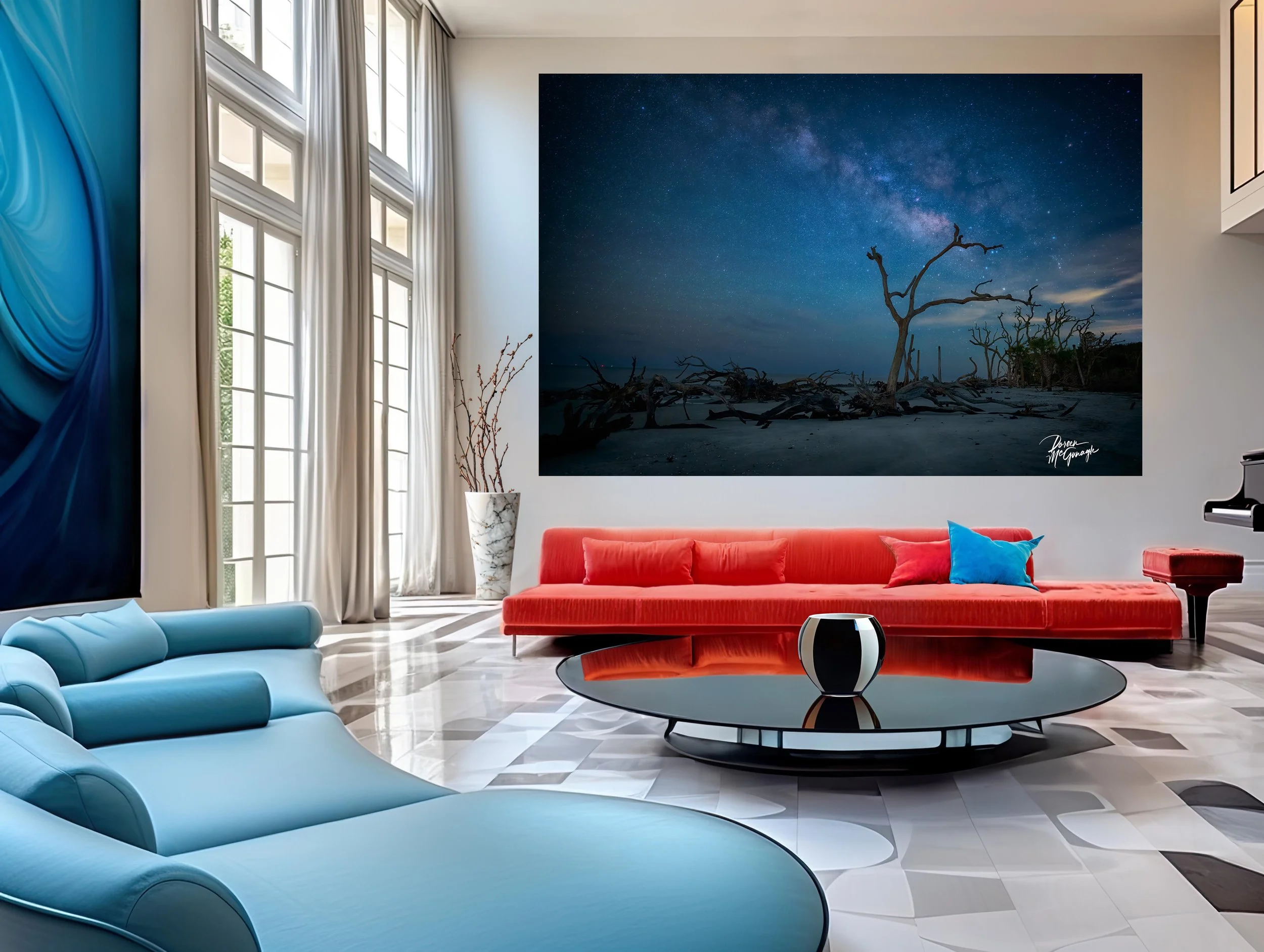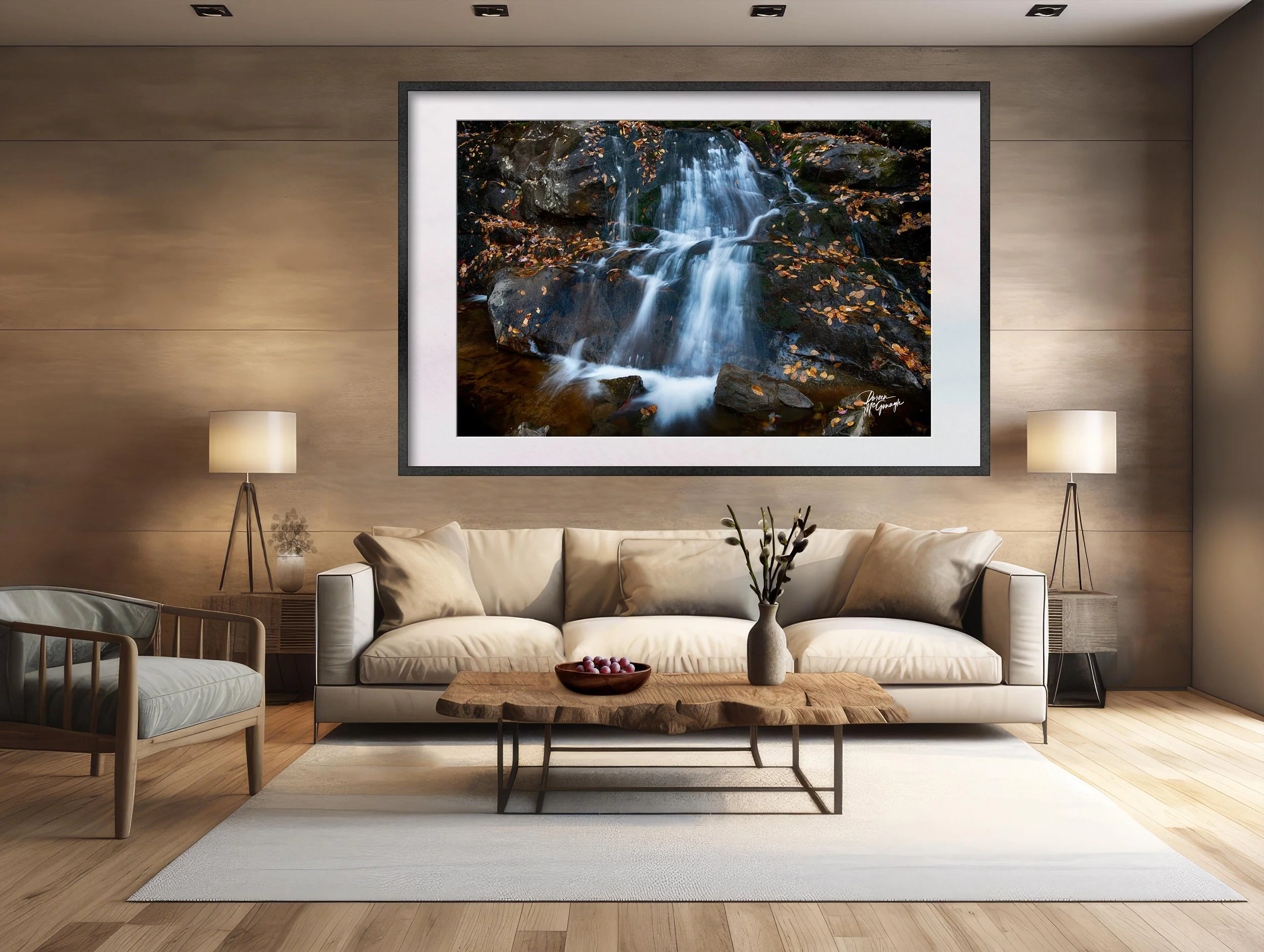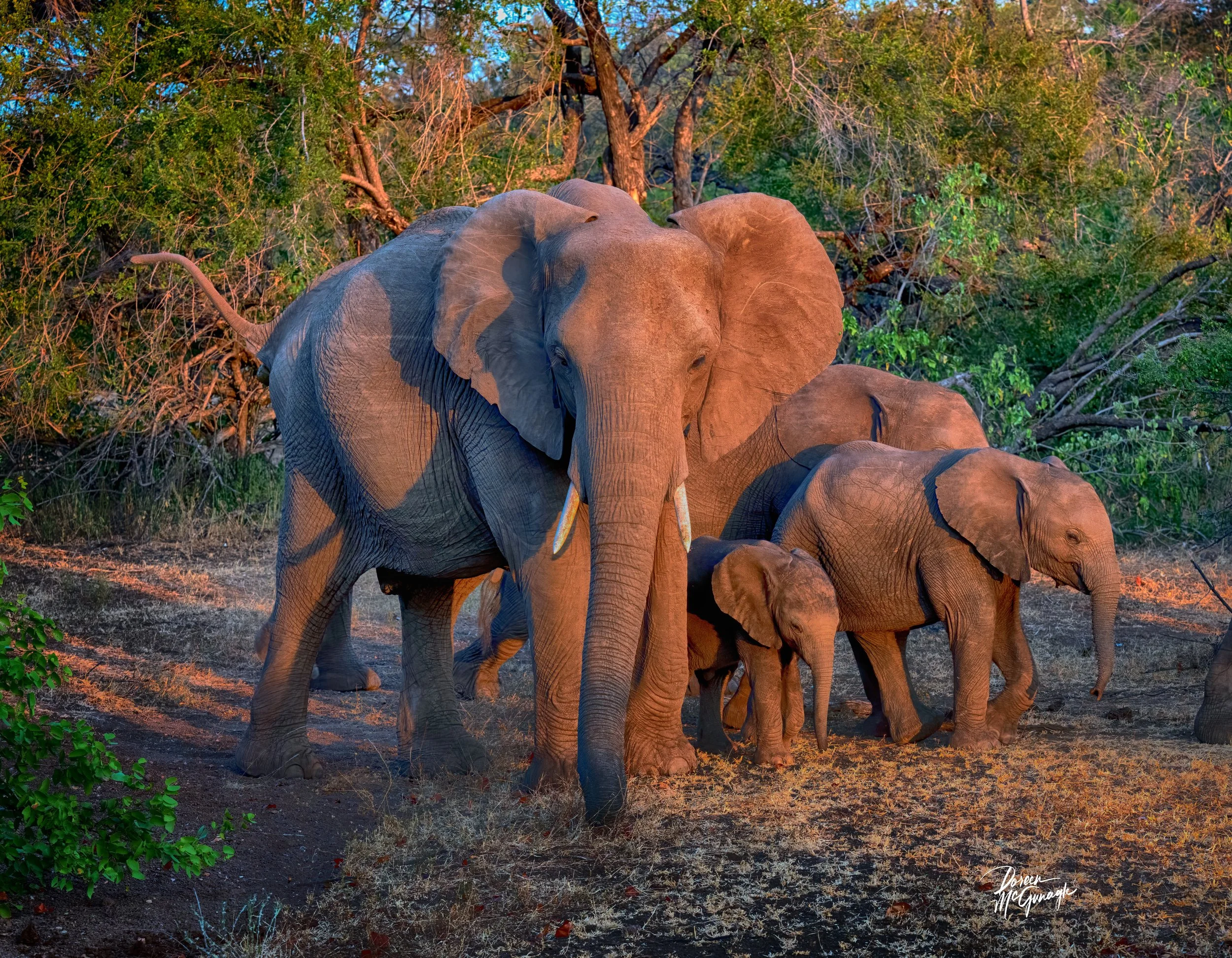Capturing the beauty of nature
The beauty of nature is a sight to behold. It's a source of inspiration for many artists and photographers.
Yet, capturing this beauty is not always easy. It requires skill, patience, and a keen eye for detail.
In this guide, we'll explore how to capture the essence of nature through photography and art. We'll delve into techniques for creating stunning nature images.
We'll also discuss how to select and display nature prints and artwork. This can enhance your indoor spaces, bringing the outdoors in.
Whether you're a nature enthusiast, a photographer, or an art collector, this guide has something for you. Let's embark on this journey to capture the beauty of nature.
The Magic of Light in Nature Photography
Lighting plays a crucial role in nature photography. It can transform an ordinary scene into a breathtaking image.
One of the best times to capture nature is during the golden hour, which occurs shortly after sunrise or before sunset. The light is soft and warm during this time, adding a magical touch to your photos.
But don't limit yourself to the golden hour. Experiment with different lighting conditions. You might be surprised at the beauty you can capture under the harsh midday sun or in the soft glow of twilight.
Remember, understanding and manipulating light is key to capturing the beauty of nature. It's what separates a good photograph from a great one.
Cosmic Whispers on Jekyll Island
Step into a world of cosmic wonder with "Cosmic Whispers on Jekyll Island," a captivating fine art limited edition print that will transport you to a place of tranquility and beauty. Behold the striking sight of a starry night sky, with the Milky Way stretching across the heavens above a peaceful beach scattered with driftwood and skeletal trees.
Large Wall Art Limited Edition 20
Cosmic Whispers on Jekyll Island GA 5207-08 c2024 | Georgia | Learn More
Composition Techniques for Stunning Nature Shots
Composition is the arrangement of elements in a photograph. It's a vital aspect of creating compelling nature images.
One popular technique is the rule of thirds. Imagine your frame divided into nine equal parts by two horizontal and two vertical lines. The idea is to place the main subject along these lines or at their intersections.
Leading lines are another effective composition technique. They guide the viewer's eye toward the main subject. In nature, these can be paths, rivers, or tree branches.
Remember, these are just guidelines, not rules. Feel free to break them if it serves your creative vision. The goal is to create a balanced, engaging image that captures the viewer's attention.
Embracing the Seasons: Nature's Changing Beauty
Nature's beauty is ever-changing, with each season offering unique photographic opportunities.
Ethereal Serenity
Step into a world of enchantment with our breathtaking fine art image captured by our talented Fine Art Nature Photographer. "Ethereal Serenity" transports you to the heart of the Great Smoky Mountains, where a mesmerizing waterfall glistens in the soft embrace of early morning light.
Large Format Panoramic Art Print | Limited Edition 100
Great Smokey Mountains Ethereal Serenity 9266-48 c2023 | Tennessee | Learn more
Spring brings new life with blossoming flowers and vibrant greenery. Summer offers bright, saturated colors and longer daylight hours for shooting. Autumn is a riot of warm hues as leaves change color, while winter transforms landscapes into serene, monochromatic scenes.
Embracing these seasonal changes can add variety to your nature photography portfolio. It also challenges you to adapt your shooting techniques to lighting and weather conditions.
Wildlife Photography: Capturing Life in the Wild Responsibly
Wildlife photography is a thrilling way to capture nature's beauty. It allows us to document animals in their natural habitats, showcasing their ehaviors and interactions.
Elephant Family
Large Format Panoramic Art Print | Limited Edition 100
Botswana Elephant Family 3813-134 c2024 | Africa | Learn More
However, it's crucial to respect wildlife and their habitats. Avoid disturbing animals or altering their environment for the sake of a photo. Remember, our goal is to capture nature as it is, not as we want it to be.
By practicing responsible wildlife photography, we can create stunning images that celebrate nature's beauty without causing harm.
Landscape Photography: Crafting Vistas with Depth
Landscape photography is a powerful medium for capturing the grandeur of nature. It allows us to portray vast vistas, dramatic mountains, serene lakes, and more.
Majestic Sunset Serenity
Immerse yourself in the awe-inspiring beauty of the Great Smoky Mountains with our limited edition fine art nature image capturing a panoramic sunset over the vista.
Large Format Panoramic Art Print | Limited Edition 100
Great Smokey Mountains Majestic Sunset Serenity 8448-52_57 c2023 | Tennessee | Learn more
Use elements like leading lines and the rule of thirds to create depth in your landscape photos. These techniques can guide the viewer's eye through the image, creating a sense of three-dimensionality.
Remember, the goal of landscape photography is not just to document a scene but to convey the emotions it evokes. With practice, you can create images that truly capture the beauty of nature.
Macro Photography: The Art of Detail
Macro photography is a unique way to capture the beauty of nature. It allows us to explore the intricate details of flowers, insects, and other miniature wonders that often go unnoticed.
Using a macro lens, you can create stunning close-ups that reveal your subject's textures, patterns, and colors. Remember, patience is critical in macro photography. It may take time to get the perfect shot, but the results can be breathtaking.
In macro photography, minor subjects can make the most significant impact. It's a reminder that beauty can be found in the most minor details of nature.
Selecting and Displaying Nature Art in Your Space
Choosing the proper nature prints for your space can transform it into a serene sanctuary. Nature wall art can bring a sense of calm and tranquility, making your home or office more relaxing.
When selecting nature prints, consider the color scheme of your room. Choose prints that complement the existing colors to create a harmonious look. Also, consider the size of the print. Larger prints can be focal points, while smaller prints can accentuate specific areas.
Displaying nature art isn't just about aesthetics. It's also about creating a connection with the natural world. By incorporating nature prints wall art into your space, you're not just decorating but bringing the beauty of the outdoors.
The Ethical and Conservation Side of Nature Photography
Nature photography is more than just capturing beautiful images. It's also about respecting the environment and its inhabitants. Photographers have a responsibility to minimize their impact and avoid disturbing wildlife.
Moreover, nature photography can play a significant role in conservation efforts. By showcasing the beauty of nature, photographers can raise awareness about environmental issues and inspire people to protect our planet.
In essence, capturing the beauty of nature is not just an artistic endeavor. It's a way to contribute to the preservation of our natural world.
Explore our online gallery of limited-edition conservation fine art prints. Join us in celebrating and preserving the beauty of our natural world through our exquisite collection of fine art photography.




